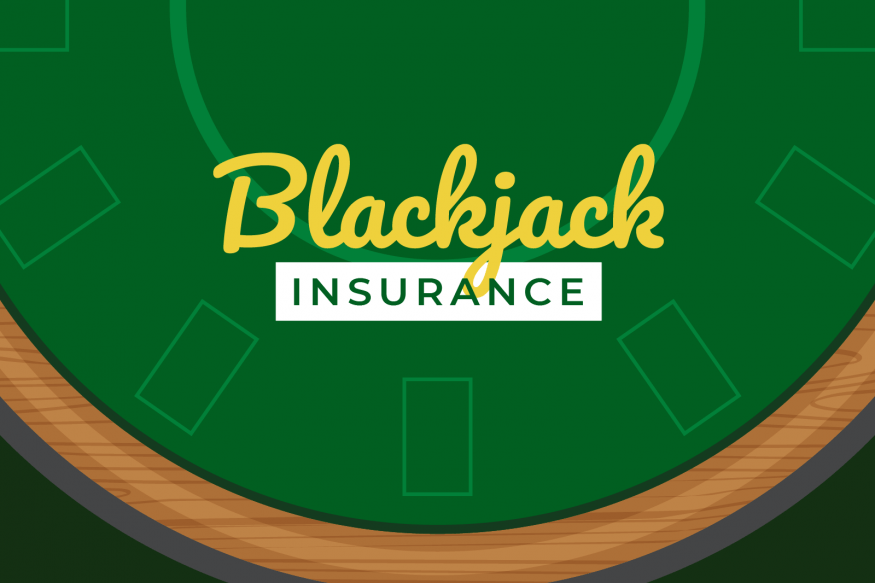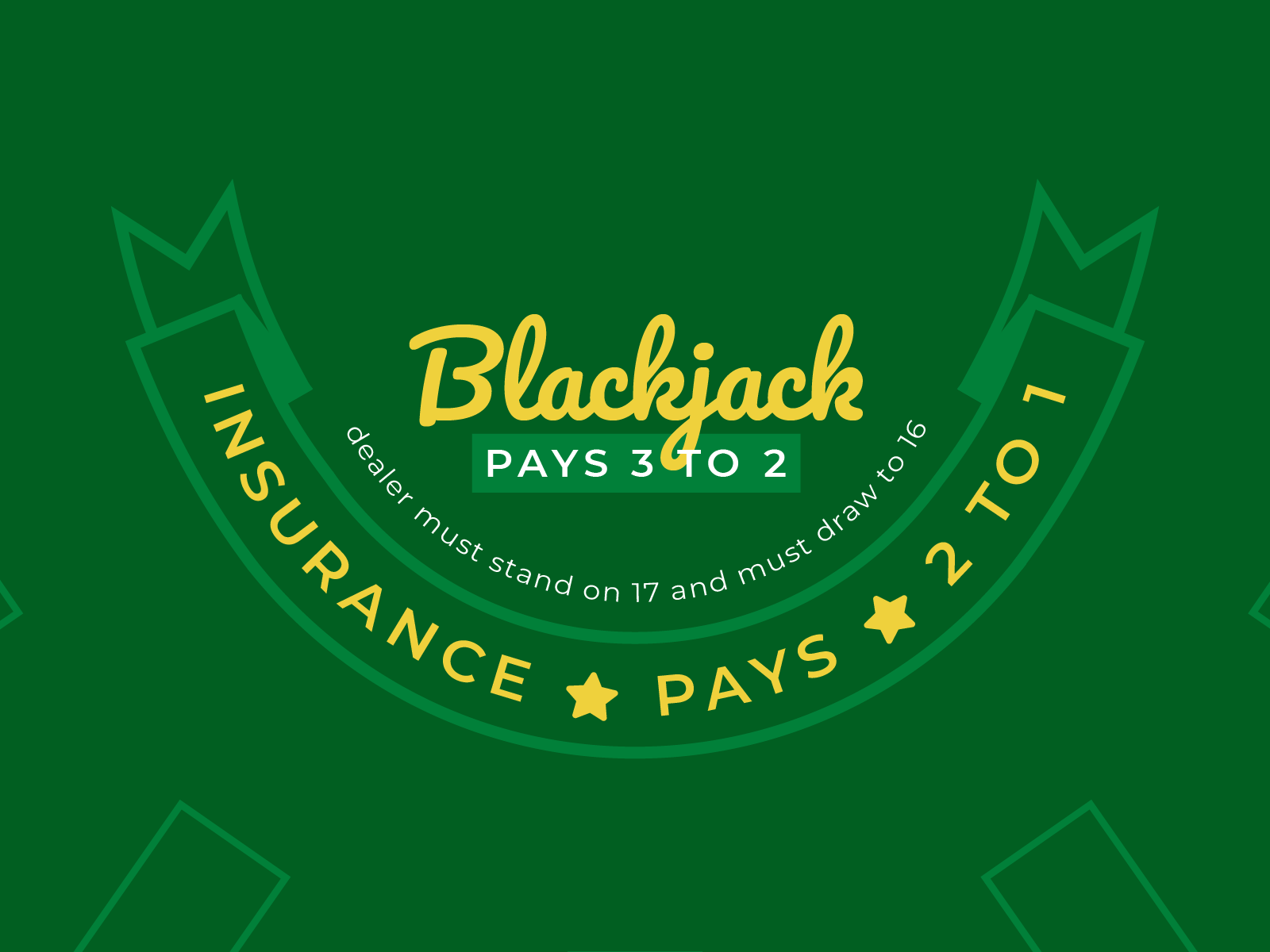Blackjack Insurance: Why This Side Bet Is Almost Always a Losing Proposition

Understanding the Insurance Bet in Blackjack
Insurance in blackjack is a side wager offered when the dealer’s upcard is an ace. At this point, players have the opportunity to stake up to half the value of their main bet, predicting that the dealer's facedown card is a ten-value card (10, J, Q, K)-meaning the dealer will have blackjack. If the bet wins, insurance pays out at odds of 2 to 1.
The intention behind insurance is to "protect" your main bet from a potential dealer blackjack. However, it’s important to realize that making this bet is not a requirement; it’s an optional side wager that only comes into play under these specific circumstances.
Insurance is capped at half the main bet because, if players could wager more, those with knowledge of the deck’s composition-such as card counters-could easily turn insurance into a profitable play by tracking the number of ten-value cards remaining.
The Math Behind the Insurance Bet

The structure of the insurance bet is simple, but the odds are stacked in the house’s favor. There are 13 different card ranks in a standard deck, but only four that will complete the dealer's blackjack (the four ten-value cards). This translates to odds of 9 to 4 against successfully winning an insurance bet.
Since the house pays just 2:1 for insurance, there’s an inherent disadvantage for the player-resulting in a house edge of approximately 6%. The precise edge varies slightly depending on the cards that have already been played; fewer tens in the deck reduces your chances further.
For card counters, insurance can become an advantage wager when they know an unusually high number of tens remain in the deck, but for casual or unskilled players, this is extremely rare and risky. Even when holding an excellent hand like a 20 against an ace, it’s important to remember those two ten-value cards you hold make it even less likely the dealer completes blackjack.
Decoding "Even Money" and Its Relationship to Insurance
The term "even money" often confuses players during blackjack games. It arises when you have a blackjack, and the dealer shows an ace. The dealer may offer to pay you right away, giving you winnings equal to your wager-a so-called even money payout.
But what’s happening is essentially a shortcut: the house is offering insurance on the blackjack hand. Technically, you’re just accepting the insurance bet on your blackjack, ensuring you win a fixed amount regardless of the dealer’s hidden card.
Here’s how it works, depending on table payouts:
- On 3:2 payout tables: Taking even money ensures an instant win for your bet amount. Refusing even money, you’ll receive the standard $15 payout (on a $10 bet) unless the dealer also has blackjack, resulting in a push.
- On 6:5 payout tables: Casinos do not offer the same even money shortcut. Instead, you must explicitly place the insurance bet. If the dealer doesn’t have blackjack, you get $12 (on a $10 bet) and lose your $5 insurance, netting only $7 versus $10 with even money on a 3:2 table.
This difference significantly impacts your expected returns and underscores why the even money scenario is less beneficial on 6:5 tables.
Is Taking Even Money Ever Profitable?
At first glance, it may seem wise to guarantee a positive payout by always taking even money. However, if you play blackjack frequently, the math tells a different story.
Let’s use a clear example: Suppose you always accept even money on every qualifying hand, you’ll receive $10 for each of the 13 possible dealer hole cards-totaling $130 over 13 hands.
If you decline even money:
- On four of those hands (when the dealer has a ten-value card), you’ll push.
- On the remaining nine hands, you’ll receive a 3:2 payout, totaling $15 per win, for a sum of $135.
So across many hands, refusing even money will net you slightly more money-over 3% more in this simplified scenario, even before considering the impact of specific dealt cards.
The Verdict: Why Insurance Is a Poor Bet for Most Players
The persistent myth that you should always take insurance or "even money"-especially on strong hands like 20-has little basis in sound strategy. For the average blackjack player, these bets amount to throwing away money over time. The numbers consistently show that the house retains a significant edge on insurance, regardless of the table rules.
The recent rise in blackjack tables that pay only 6:5 for a natural blackjack has led to even more confusion and worse returns for players opting for insurance. Since even money is no longer available by default, those who try to insure their blackjack on these games receive an even lower payout.
Casinos have little incentive to remove the insurance option, as it contributes to profits despite being infrequently used. However, rising player awareness and changes in table payouts may eventually lead to this side wager disappearing from the felt in some venues.
Ultimately, for anyone not keeping track of cards, the best advice is straightforward: skip insurance, avoid the even money shortcut, and focus on the basic blackjack strategy for optimal results. The long-term outcome will almost always be better for your bankroll.
And as always, there will surely be someone at the table eager to argue otherwise, but your odds of winning will remain better by declining that insurance offer every time.













